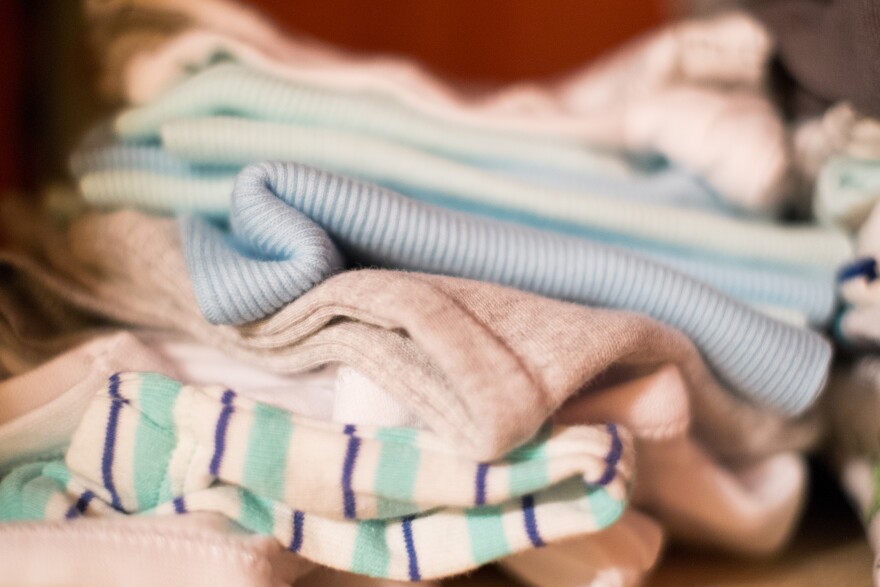For many years, American society has presented males and females as inherently different, including in the way they think, but a professor of neuroscience said though some differences exist between males and females on a biological level, their brains are largely the same.
Dr. Lise Eliot is a neuroscience professor at the Chicago Medical School at Rosalind Franklin University of Medicine and Science. In her book, “Pink Brain, Blue Brain,” she explored sex differences and how those differences can grow into troublesome gaps.
Even before birth, boys and girls differ, Eliot said. Boys’ bodies tend to get bigger, faster, but girls’ bodies mature faster, including physically. As far as the brain goes, though, there are only subtle distinguishing elements.
“Surprisingly, [there are] few differences,” Eliot said. “Frankly, I expected to see more, based on some of the claims in parenting literature.”
Men, in general, are 7 to 8 percent larger than women, which includes a slightly larger brain size, Eliot said. However, she said there is little to suggest this leads to substantial psychological changes.
“There’s really nothing about the brain at birth that tells us boys and girls are destined to be psychologically different,” Eliot said. “A lot of that is just that even though we’ve been doing MRI studies of the brain for 20, 30 years, we still don’t understand at the real, cellular circuit level about how the brain works. It remains one of the greatest mysteries for modern science.”

Any differences are too subtle for current methods to pick up on, so she said she views the brain as a unisex organ, just like the heart. What impacts how a person acts throughout their life is more how they are treated and what they do with their time and less what gender they are.
Children start to become “stereotypes” of males and females very early, according to Eliot. Babies in the first two to three months can discriminate male from female voices through pitch differences. Beginning at around 2 years old, boys and girls start diverging in their toy preferences, and by 3 years old, they start to figure out “I am a girl” or “I am a boy,” Eliot said.
Once this distinguishing happens, Eliot said, that catalyzes a child’s preference for pink and blue, different clothes and so on. There is a self-conscious component of gender behavior, but it also starts before children are aware of it. Eliot attributes this largely due to infants learning through mimicking.
Society further shapes gender expression in children in the preschool years, Eliot said, which can be quite a shock for first-time parents.
“Four-year-olds are an epic of gender stereotyping,” Eliot said. “Even though, behaviorally, there isn’t a whole lot of difference, children become very invested once they understand which category they belong to. They become very invested in reinforcing that.”
"Young children in particular, and maybe adolescents as well, are some of the biggest gender police there are."
This is linked to elements of tribalism, which Eliot said can lead to boys and girls remaining in those two groups and reinforcing societal norms about what it means to be male or female.
“Young children in particular, and maybe adolescents as well, are some of the biggest gender police there are,” Eliot said.
Eliot said that, because most of these differences are based on the environment to which a child is exposed, they can be prevented and counteracted. Eliot speculated that if there were such a thing as a gender-free society, the differences between males and females would likely be far subtler than they are now.
To come closer to that vision, Eliot suggested that parents could try to be more gender-free by dressing their kinds in gender-neutral outfits and providing both boys and girls with equal opportunities to multiple forms of play.
“We never know where our child’s greatest talents lie, so I think it’s great to offer them as much cross-training as possible early on to exercise all of the developing circuits in their head,” Eliot said.



